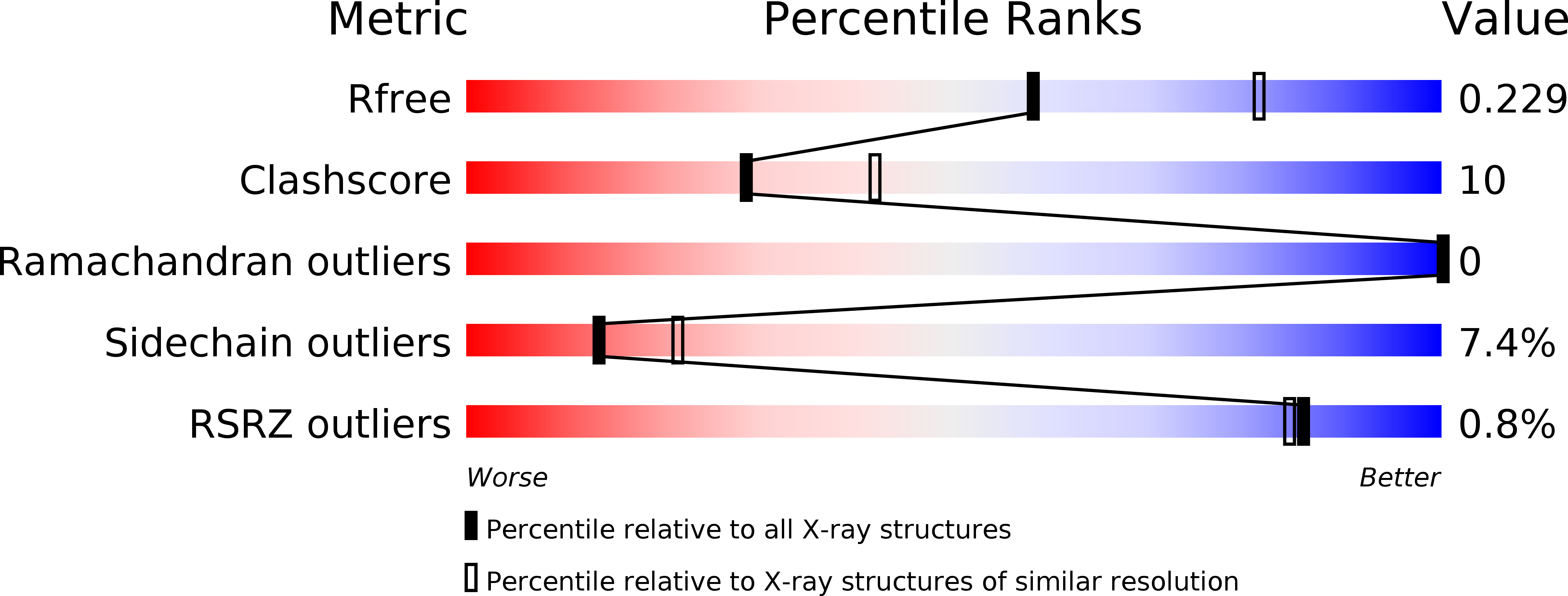
Deposition Date
2014-10-08
Release Date
2014-12-03
Last Version Date
2024-11-06
Entry Detail
Biological Source:
Source Organism:
Acinetobacter baumannii (Taxon ID: 470)
Host Organism:
Method Details:
Experimental Method:
Resolution:
2.40 Å
R-Value Free:
0.22
R-Value Work:
0.17
R-Value Observed:
0.18
Space Group:
P 41 21 2


